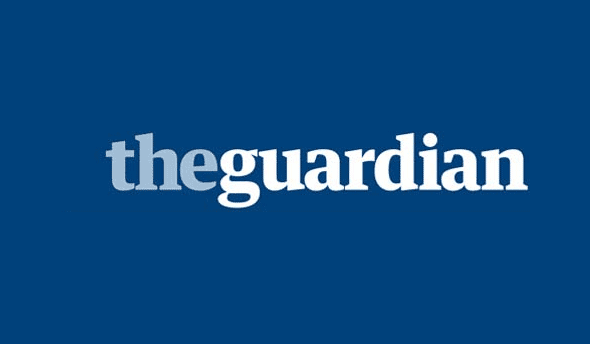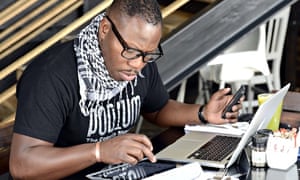NEWS
January 24, 2014

IN BRIEF
This post was originally published by The Guardian. By Loren Treisman Technology has increased the speed and reach of information but how do you get to communities that are offline or illiterate? Loren Treisman counts the ways With all the excitement about the role of technology in contributing to social change and improved development outcomes across Africa, it is easy to forget that only 7% of the continent’s inhabitants are online. While mobile phone usage is widespread at 72%, this masks regional differences. Eritrea’s mobile penetration rate, for example, is just 5%. The internet’s limited reach is compounded further because the [...]
SHARE
This post was originally published by The Guardian.
By Loren Treisman
Technology has increased the speed and reach of information but how do you get to communities that are offline or illiterate? Loren Treisman counts the ways

With only 7% of Africans online, what are the low-tech ways to increase access to information? Photograph: Stephane De Sakutin/AFP
With all the excitement about the role of technology in contributing to social change and improved development outcomes across Africa, it is easy to forget that only 7% of the continent’s inhabitants are online. While mobile phone usage is widespread at 72%, this masks regional differences. Eritrea’s mobile penetration rate, for example, is just 5%. The internet’s limited reach is compounded further because the language of the web is English and mobile connectivity is limited as only 18% of Africa’s mobiles are smartphones.
Organisations need to address these barriers and some are beginning to do so in innovative ways. They are combining low and high-tech approaches to ensure that citizens are able to access critical information that can help improve their lives.
In Liberia, impressive reforms have resulted in an explosion in the availability of government information. Nonetheless, it can be difficult and time-consuming for citizens to obtain and interpret this information.
The Accountability Lab and iLab Liberia are currently working with the Ministry of Information, Cultural Affairs and Tourism to build an open data hub and government information portal.
Accountability Lab’s Founder and executive director, Blair Glencorse, explains, “This approach provides critical information to thousands of citizens on issues they care about – for free and in a form they understand. This allows us to reach Liberians who wouldn’t otherwise be able to access this information, realise their rights and engage in the process of holding the government accountable.”
Organisations should also consider the role of trusted intermediaries. As the Grameen Foundation’s senior manager of thought leadership and strategic partnerships, Kate McElligott, explains, “We focus on leveraging technology to connect the poor to their potential. We support a human network of intermediaries. These are often either a local farmer or nurse who helps each community member discover critical agricultural information or life-saving medical advice via a mobile. Trusted intermediaries can help bridge the ‘last kilometre’ gap, ensure information relevance, and overcome barriers of illiteracy, innumeracy, and language to effectively reach the poor who are otherwise invisible and disconnected.”
Fortunately, there are a number of organisations developing tools to help bridge the digital divide. Working in Uganda and India, for example, Question Box have installed a series of boxes that connect previously disconnected communities to someone with internet access who can answer queries they may have on issues relating to farming, health and other critical topics.
Rose Shuman, founder and CEO of Question Box, which brings expert health, education and agricultural services to hard-to-reach places, explains how this system works, “The Question Box front end is designed to feel very simple to the user who just lifts a handset and speaks in local language to a qualified expert.
In Uganda, advisors have counselled the mother of a young woman who was bleeding uncontrollably to get medical attention immediately. The family undertook the journey to the nearest hospital and almost certainly saved her life.
In another example, many farmers were suffering from terrible wilting disease in their banana crops, which is their primary staple. If a crop fails, an entire family is exposed to hunger, without a safety net. A simple consultation, lasting less than 10 minutes, was sufficient to help dozens of farmers properly eradicate the banana wilt virus, thereby saving their crops and livelihoods.”
Technology can enable critical information to reach marginalised communities at a rate and scale never before possible and where appropriate, organisations should be encouraged to integrate technology-driven approaches into their programmes to maximise their impact.
When doing so, however, it is important to think about how these approaches can be combined with low-tech methodologies, which are already known to be effective. Organisations using technology in their work need to consider how digital information can be conveyed to communities through face-to-face meetings, the creative arts, connecting with traditional media, murals, billboards and trusted intermediaries.
